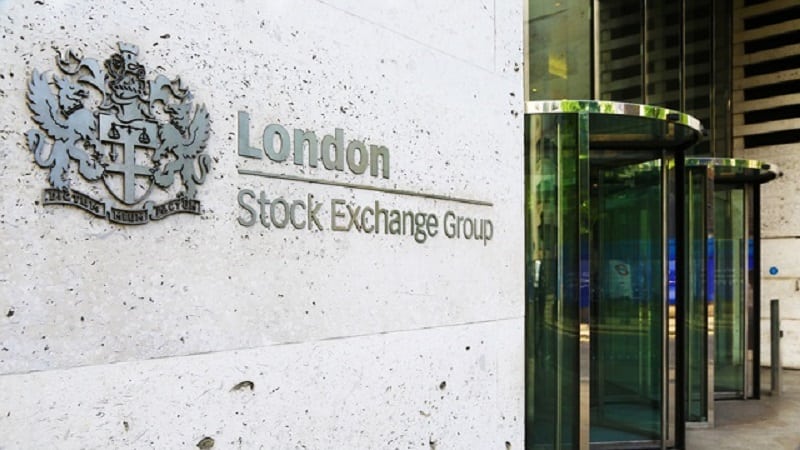Huge flows into credit markets present a problem when the exit window for investors is narrow and this summer saw marked, albeit temporary, selling of high yield assets which consequently unsettled equity markets.
As has been a consistent feature in recent years the weakness in risk appetite was short lived. Investor demand for yield remains overwhelming and liquidity remains a dominant theme. Markets soon returned to type and the S&P500 Index reached a new landmark, bursting through the 2000 barrier for the first time. This represented a greater than threefold return in price terms from the 2009 lows.
Can the momentum be sustained? Investors certainly face some interesting developments in coming quarters. The US Federal Reserve is likely to remove the ‘considerable time’ phrase from their upcoming monetary policy statement, indicating that a rate rise is coming onto the horizon, at the same time that the tapering process of its quantitative easing (QE) programme comes to an end. The US Federal Reserve’s largesse may have had limited impact on the underlying economy but it has clearly had a significant impact on risk appetite and asset markets globally. As the US winds down its programme of asset purchases, the ECB may (subject to legal restrictions) be about to plug some of the gap. In addition, the Bank of Japan may well provide more stimulus in the event of ongoing economic weakness.
We have no road map for what the end of US QE looks like and how investors are likely to respond. Instances in recent years where the Fed has taken their foot off the pedal have been characterised by falling government bond yields and rising risk aversion as the economy has proven too weak to tolerate an incremental reduction in stimulus.
There is a strong case that the economy is in a better place today and that emergency measures are no longer appropriate for the US (and the UK). This does not, however, mean that we are returning to a ‘normal’ monetary environment any time soon. There is increasing acceptance that structural tailwinds to growth, notably credit-related, will be weaker for a prolonged period, meaning that growth, inflation and interest rates will be structurally lower. Debt levels remain high and the economy is highly sensitive to changes in borrowing rates.
Investors have already priced in the scenario of ‘lower for longer’ and the consensus view of more of the same – with the economy treading a fine path with moderate growth, low inflation and low rates – is probably justified. Risks are finely balanced and we are more in the camp of downside rather than upside risk on underlying fundamentals.
We have moved from an environment of cheap equity valuations and depressed fundamentals to one of modest richness in equity valuations and high corporate earnings, at least in the US. Other regions offer catch-up potential. While valuations are similarly trading slightly rich in other developed regions, the potential for corporate earnings growth is greater.
We continue to hold a neutral position on equities, as stronger global economic growth is being offset by high valuations and the potential for earlier interest rate hikes. We have increased our underweighting in government bonds on the more hawkish rhetoric of the Federal Reserve.










